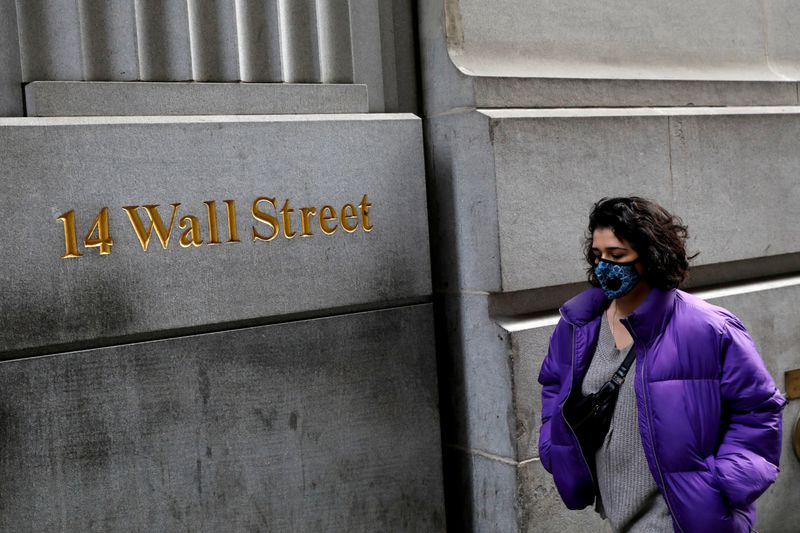This post was originally published on this site

Goldman initiated coverage with a Buy rating and a price target of $28.00. According to the bank, Savers Value Village is expected to see significant profitable growth due to consistent comp growth across geographies, accelerated unit growth in infill markets, and improved supply quality leading to better margins and increased free cash flow generation.
UBS initiated coverage with a Buy rating and a price target of $29.00, viewing the company as a compelling and less volatile opportunity to enter the apparel & home categories.
According to UBS, the company’s hyper-local sourcing model and emphasis on secondhand merchandise provide insulation from the cyclicality experienced by other companies in the industry. Moreover, the company has the potential to expand its store base significantly beyond the stated target of 2,200 units, which will further support revenue growth.
Jefferies initiated coverage with a Buy rating and a price target of $29.00, highlighting that the company is the largest for-profit thrift operator in the U.S. and Canada by store count (>300), with annual sales of nearly $1.5 billion in 2022.
The U.S. secondhand apparel market, which amounted to approximately $43 billion in 2022, is projected to grow at an ~18% CAGR through 2026. Given Savers Value Village’s continued expansion of its store footprint and the growth of its brand awareness, Jefferies believes the company is well-positioned to gain market share.
Baird initiated coverage on the company with an Outperform rating and a price target of $27.00. “Valuation will require steady execution but looks reasonable (modest premium to off-price) considering the unique, highly profitable model (>20% adjusted-EBITDA margins) and durable growth characteristics,” added Baird.
Meanwhile, Piper Sandler initiated coverage with an Overweight rating and a price target of $30.00, noting they are highly impressed with Savers Value Village’s data-driven approach to pricing and merchandising, which has contributed to an impressive EBITDA margin profile of 20%.
“We see potential for upside in the model from new store maturation/ potential M&A, and further adoption of thrifting amongst Gen Z and Millennials,” added Piper Sandler.
By Davit Kirakosyan

